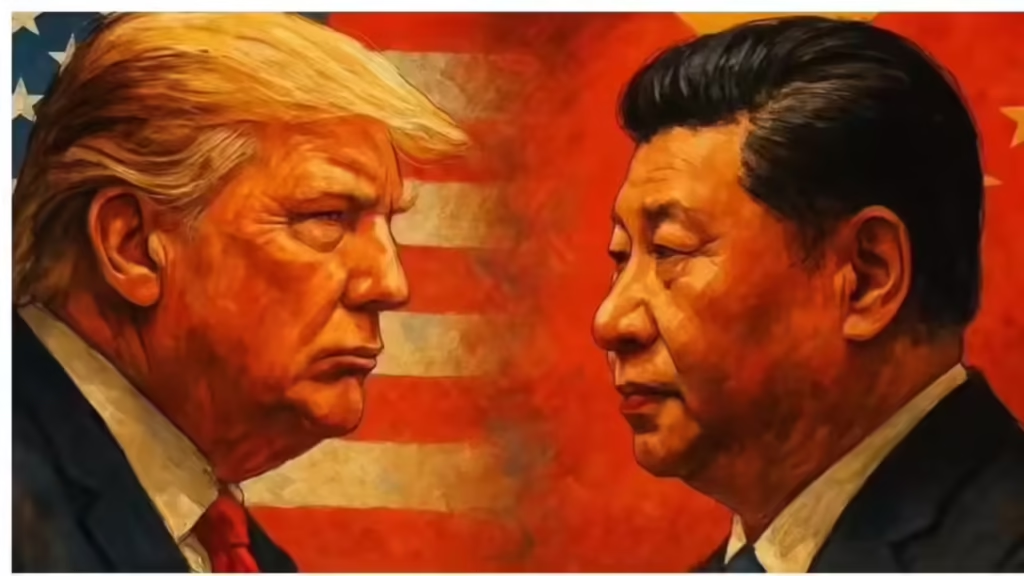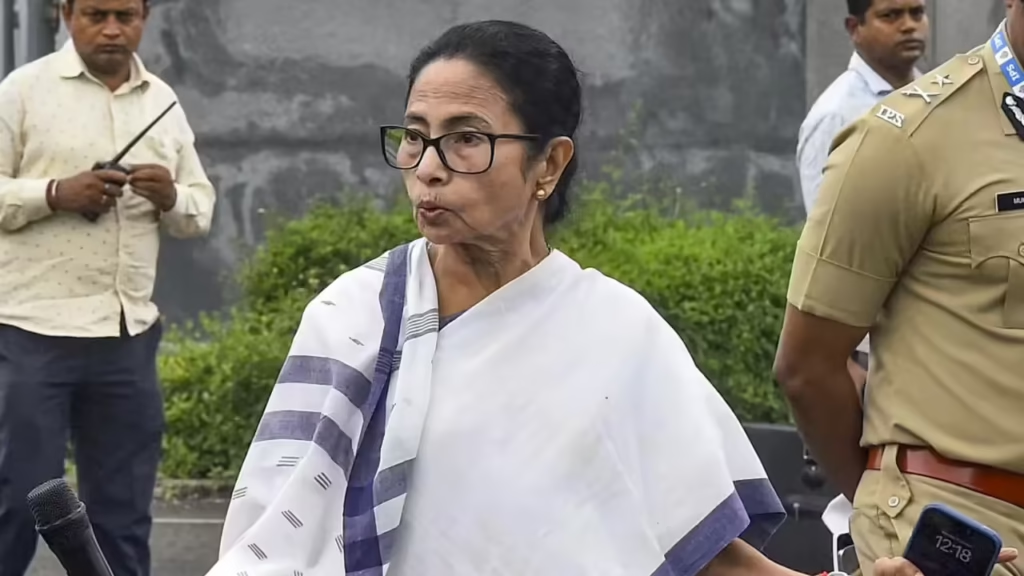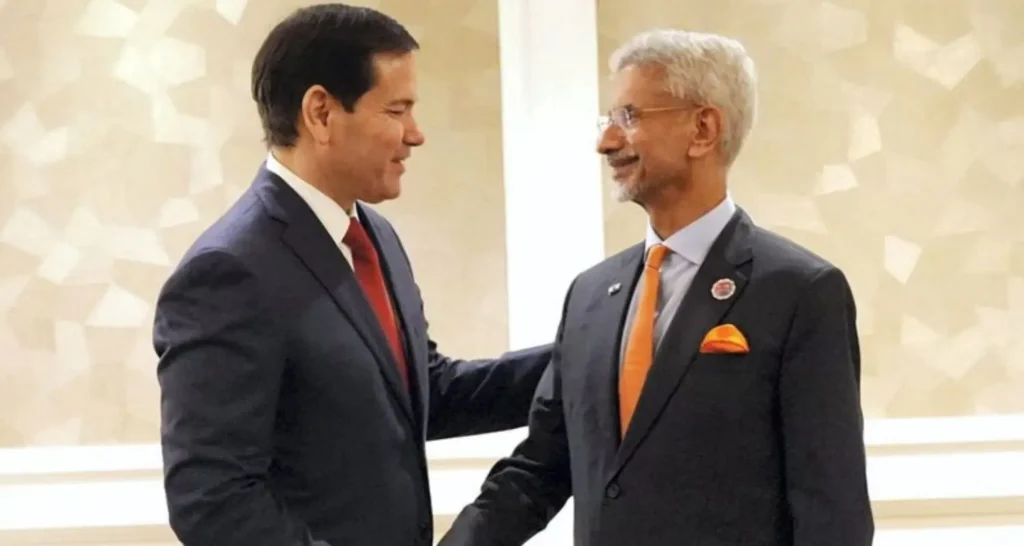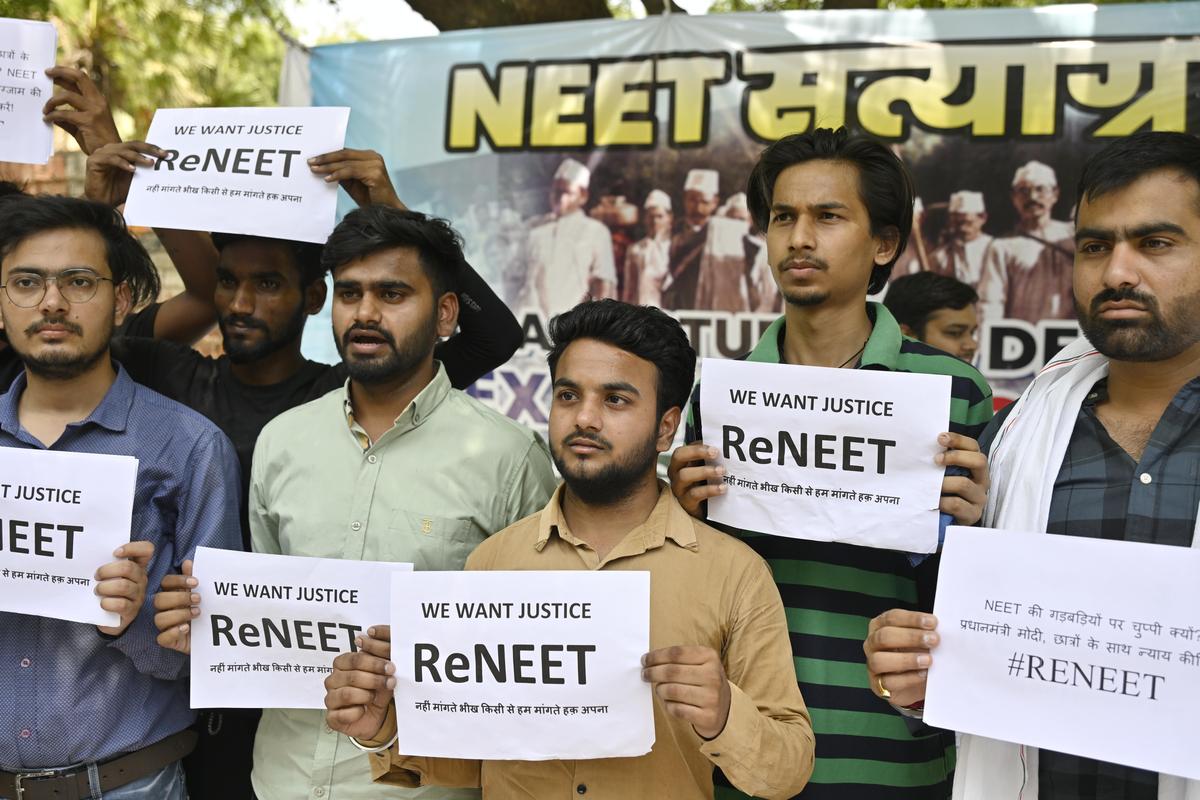Now Reading: OPINION: The Changing Role of Tier-2 India in National Elections 2024 Aftermath
-
01
OPINION: The Changing Role of Tier-2 India in National Elections 2024 Aftermath
OPINION: The Changing Role of Tier-2 India in National Elections 2024 Aftermath
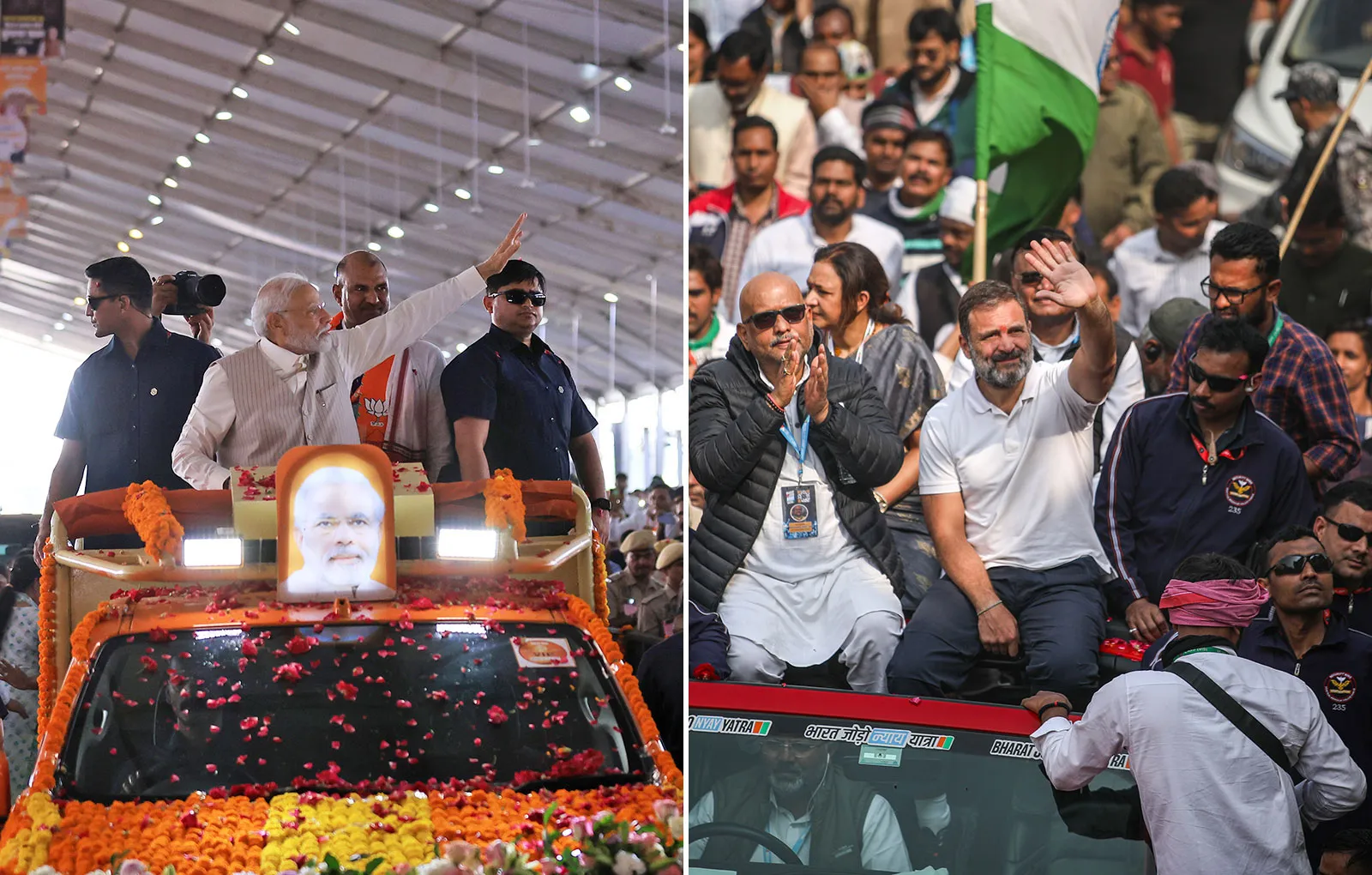
As the dust settles on the 2024 Lok Sabha elections, one notable shift is becoming clear—Tier-2 cities are no longer silent spectators in the democratic process. From influencing voter narratives to determining constituency outcomes, towns like Nagpur, Indore, Lucknow, and Coimbatore have shown that their political consciousness is both evolving and assertive.
This signals a deeper transformation in India’s electoral landscape—one that parties can no longer afford to ignore.
Beyond the Metros: A Growing Political Pulse
Historically, Tier-2 cities occupied a middle ground—too urban to be rural, too small to rival metros. But 2024 has revealed their potential as decisive electoral battlegrounds. With higher voter turnouts, more active local campaigns, and an increase in issue-based voting, these cities have matured politically.
Voters here are no longer swayed solely by national headlines—they are asking sharper questions about local jobs, infrastructure, education, and digital access.
Digital Reach, Local Priorities
Social media penetration in Tier-2 cities has surged over the past five years, creating a more informed and opinionated electorate. Platforms like WhatsApp, YouTube, and regional news apps have played a key role in shaping local discussions, giving rise to issue-specific awareness rather than just party loyalty.
Candidates and parties that tailored their communication to address regional concerns—like air connectivity in Jabalpur or water scarcity in Aurangabad—gained more traction than generic national messaging.
Rise of First-Time Voters and Aspiration Politics
A significant number of first-time voters in Tier-2 cities brought fresh expectations to the ballot. For many, the focus was on employment, entrepreneurship, and access to quality healthcare and education—issues directly impacting their lives.
The dominance of caste or traditional vote-bank politics appeared to weaken slightly in several constituencies, making way for a more aspirational and development-focused mindset.
Local Leadership and Independent Voices
Interestingly, this election also saw the rise of stronger local leaders—many with non-political backgrounds—who built credibility through community work or digital influence. Independent candidates or regional party representatives in some Tier-2 belts gave major parties a run for their money, reflecting a demand for more grounded, relatable leadership.
This trend is likely to encourage more localised political movements in future polls.
Conclusion: A Permanent Seat at the Table
The 2024 elections mark a turning point in the way Tier-2 India engages with national politics. These cities, once seen as passive participants, are emerging as active stakeholders demanding recognition and respect. For political parties, the message is clear—India’s heartland is no longer just watching from the sidelines; it is shaping the outcome.
Understanding this shift is crucial for any party looking to stay relevant in the evolving Indian democracy.








